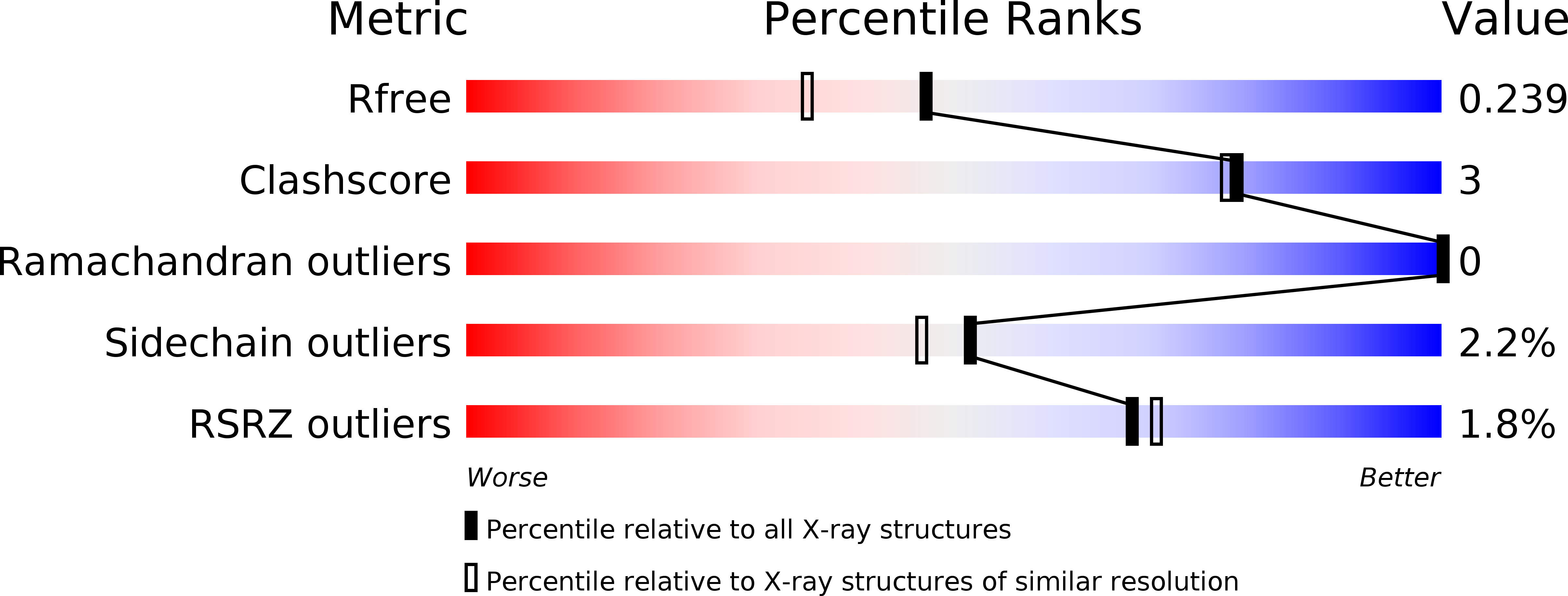
Deposition Date
2012-07-01
Release Date
2012-11-28
Last Version Date
2023-12-20
Entry Detail
PDB ID:
4B0B
Keywords:
Title:
Crystal Structure of 3-hydroxydecanoyl-Acyl Carrier Protein Dehydratase (FabA) from Pseudomonas aeruginosa in complex with 3-(pyridin-2-yloxy)aniline
Biological Source:
Source Organism:
PSEUDOMONAS AERUGINOSA (Taxon ID: 287)
Host Organism:
Method Details:
Experimental Method:
Resolution:
1.90 Å
R-Value Free:
0.23
R-Value Work:
0.20
R-Value Observed:
0.20
Space Group:
P 21 21 2


